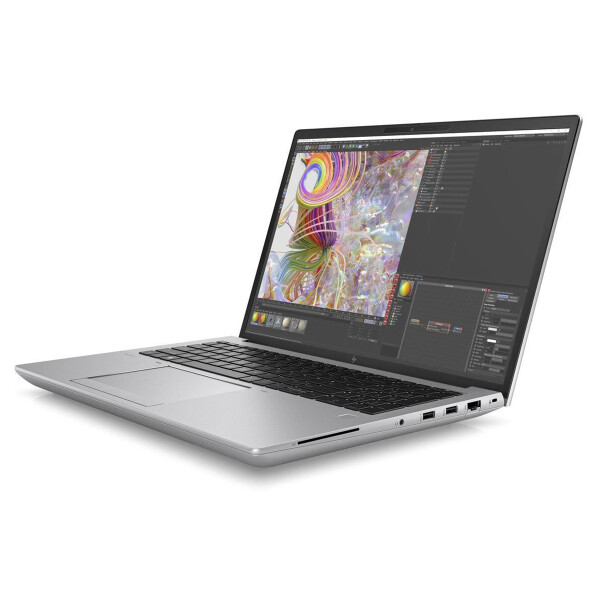How to configure your workstation for V-Ray
V-Ray is a 3D rendering program for 3D graphics software, which enables  architects and design artists to realize complex projects. With the renderer V-RAY visual effects for advertising and feature film productions can be realized. V-RAY is available as a plug-in for 3ds Max, Maya, Cinema 4D and Revit.
architects and design artists to realize complex projects. With the renderer V-RAY visual effects for advertising and feature film productions can be realized. V-RAY is available as a plug-in for 3ds Max, Maya, Cinema 4D and Revit.
CPU - CPU-intensive rendering
3D modeling are single thread tasks and use no more than two cores of their CPU. For 3D modeling in V-Ray we recommend using a high frequency Intel Xeon 6- or 8-Core from 3.00 GHz. Optionally, you can choose an Intel i7 7900 with 8 cores and a maximum of 4.70 GHz or an Intel i9 10900X with 10 cores and 4.50 GHz. A real alternative are AMD Ryzen CPUs such as the 9935X with max. 4.30GHz.The CPU based rendering engine V-Ray benefits from a high number of CPU cores. Dual CPU Workstation optimize your rendering speed. With V-Ray, you can achieve up to three times the rendering performance of a single CPU workstation. For complex rendering tasks in V-Ray, we recommend using a dual CPU workstation with a clock frequency from 3 GHz.
Memory - maximize your computing power
For most small and medium productions, 32 GB memory is sufficient for modeling and rendering. To easily handle larger simulations, you'll need at least 64GB memory. For larger, more complex models, scenes, and high-resolution surfaces, we recommend 128 GB of RAM. You can check the utilization of your RAM in the task manager during a simulation. We recommend preferably using working memory with the ECC option. ECC memory corrects memory errors automatically and prevents system failures. We fuel our business workstation in quad-channel mode to be able to guarantee the optimal performance of the working memory. Make sure that you have enough memory banks available so that you can easily replace the working memory if necessary.
Graphics card - maximum power
V-Ray uses the full power of the GPU for renderings and efficiently uses the graphics card for all rendering operations. If you use the CAD programs AutoDesk, 3DS Max, Maya, Cinema 4D or Revit in addition to the rendering engine V-Ray, we recommend nvidia Quadro graphics cards. Quadro cards are designed to work under heavy loads for long periods of time and have more stable drivers. For detailed rendering it is advisable to use a graphics card that has sufficient graphics memory and is able to access additional VRAM. With V-Ray you can use two graphics cards effectively. The performance increase is about 40%. Since V-Ray manages the Multi GPU usage itself, you can do without an SLI network. Graphics cards with GDDR6 VRAM are twice as fast as their predecessor models with GDDR5 graphics memory. We can recommend the following graphics cards for V-RAY: NVIDIA Quadro RTX A2000 (12GB), NVIDIA Quadro RTX A4000 (16GB), NVIDIA Quadro RTX A5000 (24GB), NVIDIA Geforce RTX3070Ti, NVIDIA Geforce RTX 3080Ti and AMD Radeon W6800 (32GB). Before using NVIDIA Geforce series graphics cards, check if all your programs support the use of Geforce graphics cards.
Time is hard disk
We recommend the use of NVME M.2 SSD hard disks from 500GB for the operating system and your programs. On the primary M.2 SSD your operating system is hosted, V-Ray and other CAD software programs are installed. The up to 6x faster write and read speeds allow a faster system startup, your applications are loaded efficiently and you have a much higher performance access to your data. To reduce the load you can store your active project data on a secondary SSD.





